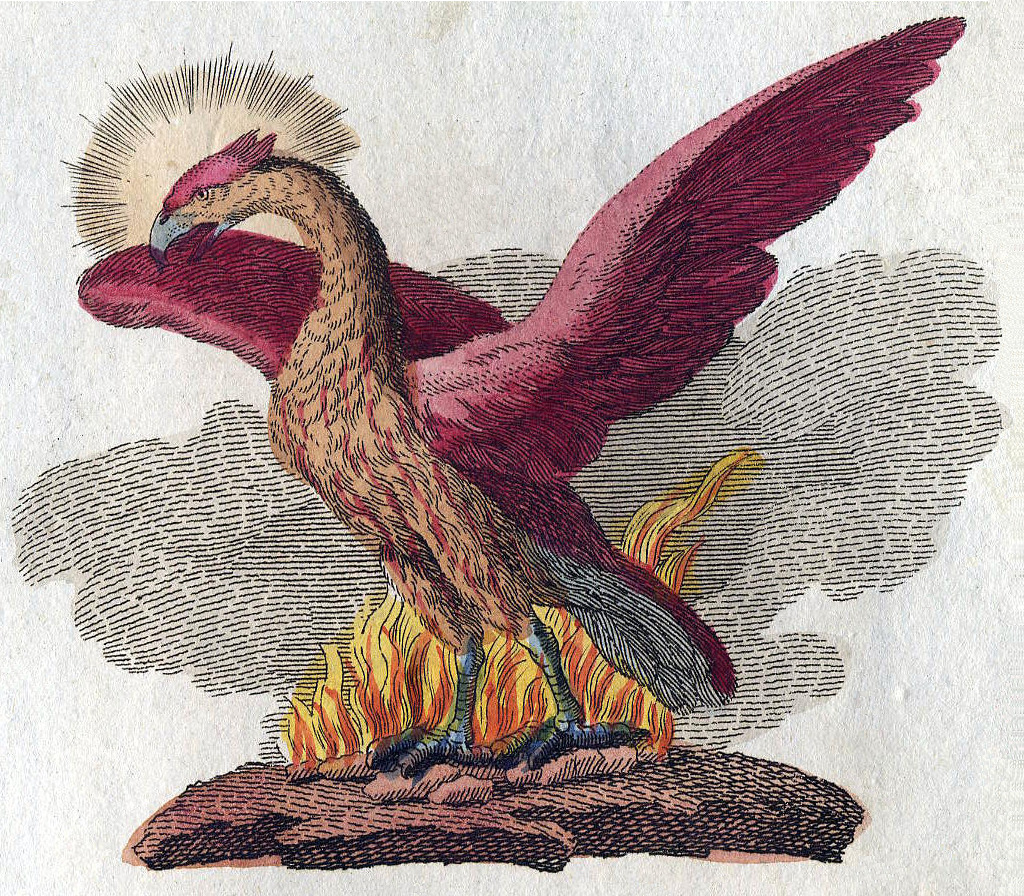
In this day and age we can all be a bit skeptical. Collectively our default mode is set to the belief that the world has been fully mapped out, explored, documented and done with. There are no magical creatures out there now; no dragons, unicorns, or other wild and wonderful beasts from the annuls of ancient folklore. Just real ones. Luckily for us these real wild animals are just as interesting, and bizarre. Meet 10 creatures whose extreme features probably inspired many of the finest mythical beasts of lore and legend.
Basilisk
According to European mythology the Basilisk is a legendary serpentine reptile reputed to be able to kill with a single glance. The story goes that it met its demise when a weasel was thrown into the hole in which it lived. The legend of the basilisk is likely to have developed from accounts of Asiatic cobras spitting venom when threatened. The association of the weasel in Europe was probably inspired by the mongoose, one of the cobras few natural predators.
Centaur
In Greek mythology the centaur is a creature with the head, torso and arms of a man, and the body and legs of a horse. The idea of centaurs may have arisen when non-riding cultures first saw horseback-mounted nomads.
Cyclops
Many mythological creatures were conjured up when our early ancestors found the fossils of prehistoric beasts. The giant one-eyed humanoid Cyclops of Sicily described by Homeric Greeks is one such example. Fossils of dwarf elephants that lived during the last ice age can be found at several sites in Sicily and to a layman, the hole in the middle of the dwarf elephant skull where its trunk and nostrils were located, could easily be mistaken for a large eye socket.
Mermaids
Mermaids and sirens are mythological half-women-half-fish creatures of the sea. Their existence has been reinforced throughout history by repeated sightings coupled with imaginative storytelling. The animals in disguise are Sirenia—dugongs and manatees—which with their five-fingered flippers and upright breaching behaviour has led them to be mistaken for mermaids. In 1493, on the first of Columbus’ expeditions, he reported seeing mermaids. In fact he was making the first scientific record of manatees in North America.
Cynocephali
The Cynocephali were a tribe of dog-headed men but conclusive evidence of their existence doesn’t exist. They are mentioned in the mythology of India, Europe and China and were even described by renowned explorers like Columbus. There is a chance many of the stories originated from accounts of dog-like primates such as baboons and macaques.
Bigfoot/Sasquatch/Yeti
There have been numerous reported sightings, footprints and hairs belonging to giant hairy humanoids in North America and North Asia that go by the name of Bigfoot, Sasquatch or Yeti—however there is still no conclusive evidence to support their existence.
Most modern day sightings can be attributed to bears, however a handful of fossils prove that the animal from which the myth originated really did exist. Gigantopithecus is the largest ape to have ever lived on earth, and it did so as recently as 100,000 years ago. Standing at 10ft tall and weighing over half a ton, and covered in long hair, it lived alongside our ancestors who probably hunted it to extinction, but the stories of its existence have lived on.
Griffin
Over two thousand years ago it was believed by Greek authors that brave gold miners in the Gobi desert were not only fighting off thirst and relentless heat to make a living but also mighty half-eagle-half-lion beasts called Griffins, which guarded the gold treasures. In fact, the miners were surrounded by the fossils of Protoceratops, but as the stories and drawings travelled around the world they changed through a process like Chinese whispers.
Unicorn
Unicorn horns, or what traders claimed were unicorn horns, were traded throughout the Middle Ages and the Renaissance. Queen Elizabeth I paid £10,000 for a single horn and kept it with the crown jewels. These supposed horns were in fact the elongated tooth of the narwhal.
Dragons
It is likely that dragons were one of our earliest attempts at reconstructing predatory dinosaurs such as the T-Rex from fossils we discovered. Even today we debate the true physical appearance of dinosaurs.
The Kraken
The Kraken was described by fishermen of Norway and Greenland as a giant sea monster with numerous arms covered in tentacles that could pull men from ships. The origin of this mythical creature probably lies in the giant squid which can grow up to 18m long. It is a deep-water species, meaning it was probably rarely observed at the surface, which would have only cloaked the sightings and stories in further mystery.










